Black and/or Pinto Beans?
tatianahdz
16 years ago
Related Stories

SUMMER FRUITS AND VEGETABLESSummer Crops: How to Grow Beans
Grow your own beans for amazing variety and healthy, convenient produce all summer
Full Story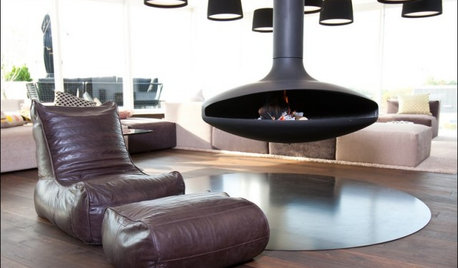
Bean Bags: A Surprising Answer for Chic Comfort
Sink into a new generation of squishy, go-anywhere seating
Full Story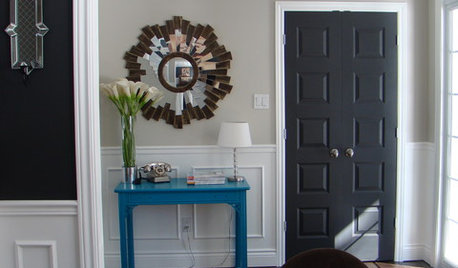
MOST POPULAR11 Reasons to Paint Your Interior Doors Black
Brush on some ebony paint and turn a dull doorway into a model of drop-dead sophistication
Full Story
FLOORSDrama’s Afoot With Striking Black Floors
Be bold. Be brave. Drench your floors in black for a memorable interior scene
Full Story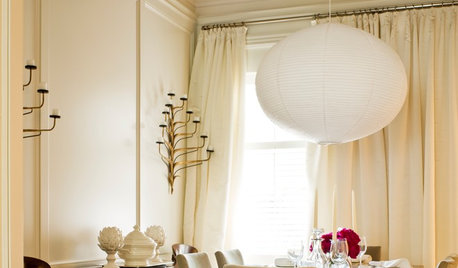
COLOREvery Room Needs a Little Bit of Black
‘I’ve been 40 years discovering that the queen of all colors was black.’ — Pierre-Auguste Renoir
Full Story
DECORATING GUIDESFrom Queasy Colors to Killer Tables: Your Worst Decorating Mistakes
Houzzers spill the beans about buying blunders, painting problems and DIY disasters
Full Story
GARDENING GUIDES10 Easy Edibles for First-Time Gardeners
Focus on these beginner-friendly vegetables, herbs, beans and salad greens to start a home farm with little fuss
Full Story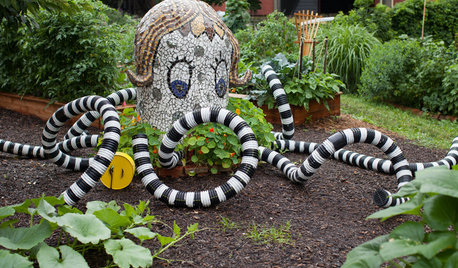
COMMUNITYArt, Edibles and Community Make Magic in a Pittsburgh Garden
With a name like Friendship, is it any wonder this neighborhood created such an enchanting community garden?
Full Story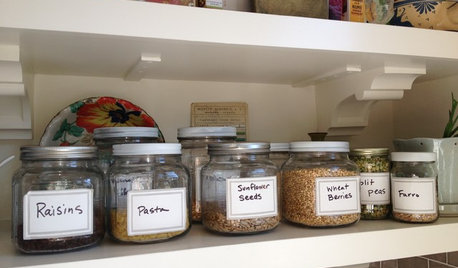
KITCHEN STORAGEArtful Organizers: Jars for Pretty Pantry Displays
Ditch the disheveled look of mismatched boxes and bags for colorful or clear pantry jars in an appealing arrangement
Full Story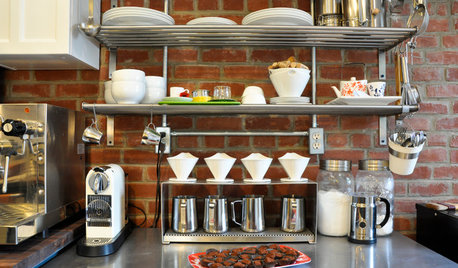
KITCHEN DESIGNSimple Pleasures: Wake Up and Smell the Coffee
Slugging down any old sludge while pulling on socks is no way to start the day. Learn to brew amazing java and savor the experience here
Full Story





farmerdilla
carolync1
Related Professionals
New Bedford Landscape Architects & Landscape Designers · Mount Wilson Landscape Architects & Landscape Designers · Tempe Landscape Contractors · Blue Springs Landscape Contractors · Glendale Heights Landscape Contractors · Hollywood Landscape Contractors · Lake Saint Louis Landscape Contractors · Lemay Landscape Contractors · Longview Landscape Contractors · Oviedo Landscape Contractors · River Ridge Landscape Contractors · Hueytown Landscape Contractors · Larkspur Decks, Patios & Outdoor Enclosures · Midwest City Decks, Patios & Outdoor Enclosures · Renton Decks, Patios & Outdoor Enclosures